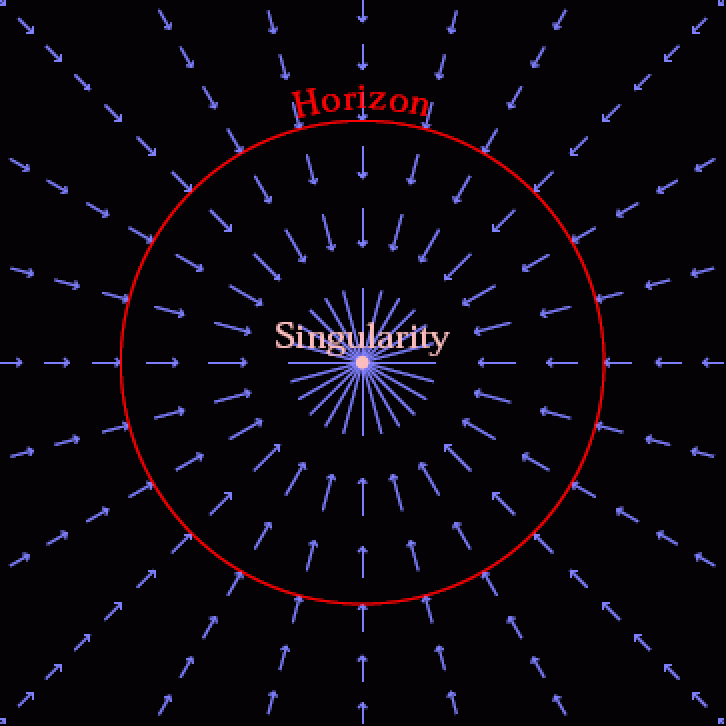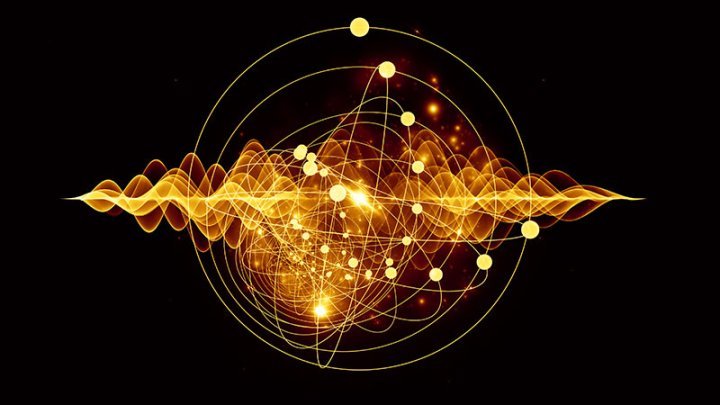What is singularity in black hole? Black holes are among the most fascinating and enigmatic objects in the universe. At their core lies a concept that challenges our understanding of physics: the singularity. Let’s explore what a singularity is, why it’s important, and how it affects our view of the universe.

Understanding Black Holes
Formation of Black Holes
Black holes form from the remnants of massive stars that have ended their life cycles. When such a star exhausts its nuclear fuel, it collapses under its own gravity. This collapse can lead to the formation of a black hole. There are also supermassive black holes, found at the centers of galaxies, whose origins are still a topic of intense study.
Event Horizon

The event horizon is the boundary surrounding a black hole. It’s the point beyond which nothing, not even light, can escape. Once an object crosses the event horizon, it is inevitably drawn towards the singularity at the black hole’s center.
What is singularity in black hole? Defining Singularity
Mathematical Definition
In mathematics, a singularity is a point at which a function or equation ceases to be well-behaved, often characterized by infinities. For example, in black holes, the density of matter becomes infinite, leading to mathematical singularities.
Physical Singularity
A physical singularity is where physical quantities like density and curvature become infinite. In the case of black holes, this is where the gravitational pull becomes infinitely strong, and the laws of physics as we know them break down.
The Nature of Singularity
Infinities in Physics
At a singularity, the density of matter is so extreme that the fabric of space and time becomes infinitely curved. This creates a situation where our current physical theories, such as general relativity, no longer apply. Essentially, the equations used to describe gravity and space-time yield infinite results, which are physically nonsensical.
Space and Time at Singularity
At the singularity, space and time are warped to such an extent that the normal rules of physics do not apply. This warping leads to a breakdown of temporal concepts, as the singularity represents a point where traditional measures of space and time converge to infinity.
Theoretical Models
General Relativity and Singularity
Albert Einstein’s theory of general relativity predicts the existence of singularities at the centers of black holes. According to this theory, the immense gravitational forces at these points cause the curvature of space-time to become infinite.
Quantum Mechanics and Singularity

Quantum mechanics introduces effects at very small scales that might modify our understanding of singularities. Quantum effects could potentially resolve some of the infinities predicted by general relativity. For instance, quantum theory might suggest a limit to how small and dense a singularity can become.
Combining General Relativity and Quantum Mechanics
A major goal of modern physics is to combine general relativity with quantum mechanics into a unified theory of quantum gravity. This theory would aim to explain what happens at a singularity and resolve the inconsistencies between these two fundamental theories.
Types of Singularities
Black Hole Singularities
The singularity within a black hole is thought to be a point of infinite density and zero volume. It’s hidden within the event horizon, making direct observation impossible. The properties of these singularities challenge our current understanding of physics.
Cosmological Singularities
The Big Bang represents a cosmological singularity where the universe began from an infinitely dense state. This initial singularity marks the beginning of the universe and sets the stage for its subsequent expansion.
Observational Evidence
Indirect Evidence from Black Hole Studies
Although we cannot observe singularities directly, indirect evidence comes from studying the effects of black holes. Observations of accretion disks (the matter swirling around black holes) and gravitational waves from colliding black holes provide insights into their properties.
Challenges in Direct Observation
Direct observation of a singularity is beyond our current technological capabilities. The extreme conditions within a black hole prevent light and other forms of radiation from escaping, making it impossible to gather direct evidence.
Implications for Modern Physics
Theoretical Challenges
The existence of singularities presents theoretical challenges for physicists. The breakdown of known laws of physics at these points highlights the need for new theories to describe the fundamental nature of space, time, and matter.
Potential for New Physics
Studying singularities may lead to new physics and potentially revolutionary discoveries. Understanding how singularities work could unlock new insights into the fundamental structure of the universe and the nature of reality.
Future Research Directions
Ongoing Experiments and Observations
Ongoing experiments and observations aim to probe the nature of black holes and singularities. Future missions and advanced technologies may provide new data to help resolve current mysteries.
Potential Breakthroughs
Potential breakthroughs in understanding singularities could come from advancements in theoretical physics and observational techniques. Discoveries in these areas may pave the way for a new understanding of the universe.
Conclusion
Singularities in black holes represent one of the most profound challenges in modern physics. They highlight the limits of our current theories and point toward the need for new approaches to understand the universe’s most extreme conditions. As research continues, we may uncover new insights that reshape our understanding of space, time, and the nature of reality.
FAQs
- What exactly is a singularity in a black hole?
- A singularity is a point within a black hole where density becomes infinitely large and the laws of physics break down.
- How do we study black hole singularities if we can’t see them directly?
- We study them through indirect evidence such as the behavior of matter around black holes and gravitational waves.
- What role does quantum mechanics play in understanding singularities?
- Quantum mechanics may offer insights into resolving the infinities predicted by general relativity and help describe conditions at singularities.
- What is the difference between a black hole singularity and a cosmological singularity?
- A black hole singularity is found at the center of a black hole, while a cosmological singularity refers to the state of the universe at the Big Bang.
- What are some future research directions in studying black holes?
- Future research includes advancing observational techniques and developing unified theories of quantum gravity to better understand singularities.
